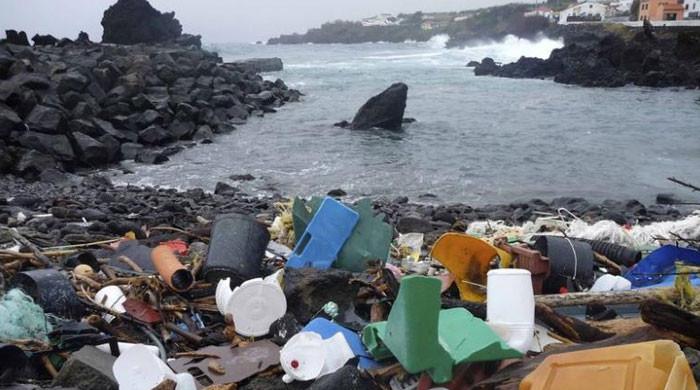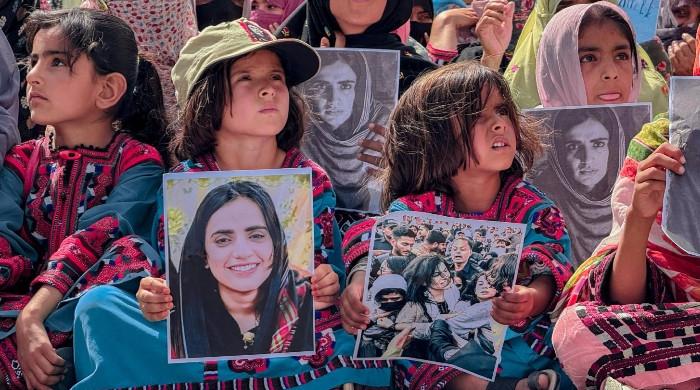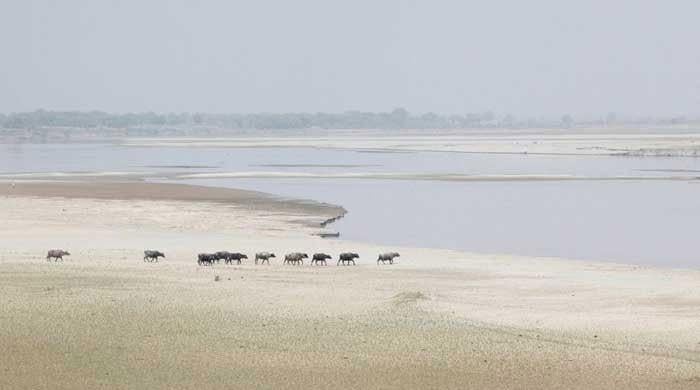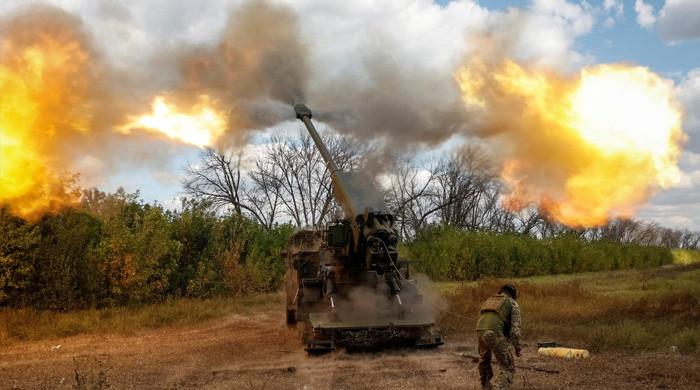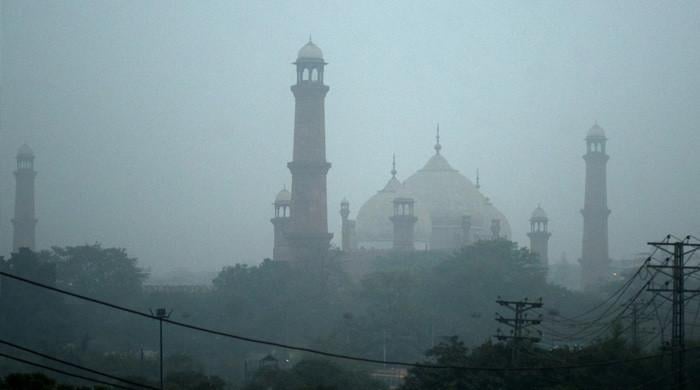What the far-right won't tell you - Part II
Indians, blacks and other non-white nations continued to sacrifice their lives for British empire despite not being treated in a humane manner
August 19, 2024
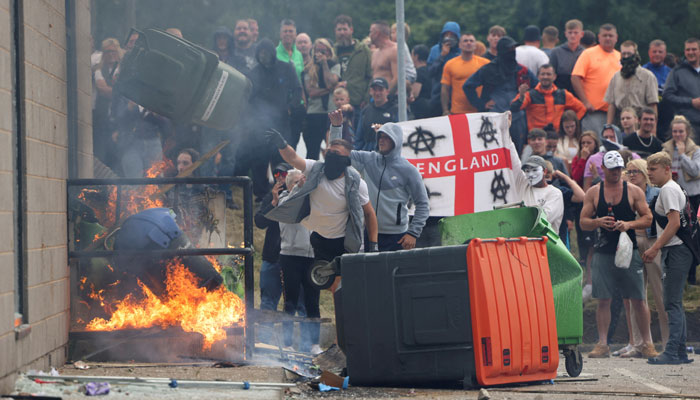
Today Indians, Pakistani, Bangladeshi and Gurkhas as well as other people from other British colonies constitute the vast majority of immigrants in the UK. Among these colonies, India’s role was significant during World War I.
According to the BBC: "In Europe, Indian soldiers were among the first victims who suffered the horrors of the trenches. It was Indian jawans (junior soldiers) who stopped the German advance at Ypres in the autumn of 1914 while the British were still recruiting and training their own forces."
Many Asians bemoan the attitude of British politicians and the media that don't highlight these sacrifices in an effective way. Shashi Tharoor, a leading Indian politician and author, laments that history has mostly forgotten these sacrifices.
During World War II, 2.5 million Indians; 3,340,00 South Africans (both white and black); 3,200,00 East Africans; 2,000,00 West Africans; and 16,000 Caribbean fought for the UK.
Indian troops made a huge contribution to the war effort, winning 30 Victoria Crosses. As many as 87,000 Indian soldiers were killed. Gurkha troops fought in Italy, Greece, North Africa, the Far East and other places. Over 110,000 soldiers served across 40 different battalions, with 30,000 either killed or wounded.
Gurkha soldiers won 12 Victoria Cross medals. Some historians offer a higher number of Gurkhas. For instance, according to the StGeorgeWoolwich website, over 132,000 Gurkhas served with the Allied forces in World War II and were awarded 2,734 bravery decorations.
Indians, blacks and other non-white nations continued to lay down their lives for the British empire despite the fact that they were not treated in a humane manner. In some cases, white nurses were not allowed to treat black volunteers or soldiers.
The Indian soldiers even continued fighting amidst the allegations that the British policy was partly responsible for the decimation of over three million Bengalis in the famine of 1943.
Many Indians and other immigrants also played an important role in the reconstruction of the country. For instance, according to Linda McDowell, a human geographer at Oxford University, the UK was facing labour shortages after World War II.
"The total working population had fallen by 1.38 million between mid 1945 and the end of 1946, as many married women and older people who had delayed retirement left the jobs they had filled in the war. People were also leaving the country.
"In the later 1940s and into the 1950s, many families emigrated to parts of what was then known as the 'Old' Commonwealth (including Australia, New Zealand and Canada), countries that were themselves short of labour and anxious to encourage white settlers from the United Kingdom in an effort to maintain their old colonial links and European notions of citizenship and identity.
"As these territories were recruiters rather than sources of white British workers, attention turned to citizens of 'New' Commonwealth countries, especially, in the early post-war years, residents in the Caribbean, as a potential source of new employees."
McDowell notes: "The migration of colonial citizens began slowly. From 1948 when the Empire Windrush arrived until 1952, between 1,000 and 2,000 people entered Britain each year, followed by a steady and rapid rise until 1957, when 42,000 migrants from the New Commonwealth, mainly from the Caribbean, entered. The numbers declined by almost a half in the two succeeding years but by 1960 had increased again to 58,000, and then in 1961 more than doubled, in anticipation of the 1962 Commonwealth Immigrants Act that would restrict opportunities for entry.
"By 1961, according to the national population census, the number of people living in England and Wales who were born in the Caribbean was just over 161,000: 90,000 men and just over 71,000 women. The most common sectors in which people from the Caribbean found jobs included, for men, manufacturing and construction, as well as public transport. Many Caribbean women found employment in the NHS as nurses and nursing aides, as well as in public transport and in manufacturing, especially in the growing white goods industries in cities."
Besides killing 450,700 Britons, World War II had also caused massive destruction. For instance, the German Luftwaffe dropped thousands of bombs on London from 1939 to 1945, killing almost 30,000 people.
More than 70,000 buildings were completely demolished, and another 1.7 million were damaged in London while 200,000 homes were completely destroyed across the country. Amidst all this destruction and shortage of manpower, tens of thousands of possibly hundreds of thousands white British decided to leave, migrating to Australia, Canada, New Zealand and the US.
Now the question is: could the post-war reconstruction have been possible without the contribution of immigrants who toiled in labour intensive sectors, rebuilding the shattered country?
It was not illegal immigrants coming in droves to take away jobs but the policy of the British government that paved the way for migration which would not have been the case if the country hadn't been in dire need of manpower. The 1948 British Nationality Act said that all Commonwealth citizens could have British passports and work in the UK. Many of the earliest arrivals were from the West Indies, South Asia and Cyprus.
What prompted the government to come up with a plan aimed at encouraging immigration? It is claimed that the UK had a severe labour shortage after World War II, especially in the transport network and the newly created National Health Service.
Given that large areas of the main cities had been destroyed by aerial bombing, it prompted the government to launch a programme of rebuilding which needed workers. It is asserted that the British policies were partly responsible for the violent partition of India and Pakistan, the civil war in Cyprus and the underdevelopment of the Caribbean economy, creating massive unemployment there. These all factors fueled the immigration.
It may be true to say that thousands or possibly tens of thousands of immigrants entered the UK illegally over the decades but the far-right creates an impression that all immigrants come to the UK illegally and that too on false pretenses. In reality, a significant number of them were either brought here or forced to leave their countries to flee persecution or find protection.
For instance, the first batches of Black Africans were not illegal immigrants but were brought as slaves. According to Migration Watch, a research institute focusing on migration, from the 1650s the numbers of Africans brought to the British Isles began to increase markedly and by the late eighteenth century tens of thousands of people of African descent lived in Britain.
"Most estimates range between 10,000 and 20,000, with some outlying estimates of 30,000. Some have estimated 14,000-20,000 for London alone in the late eighteenth century out of a population of about 675,000."
It is claimed that the UK had only 6,000 Jews in 1734 but pogroms, persecution and discrimination forced the community to seek shelter, raising its population to 400,000 by 1940s.
It seems that the migration from Eastern Europe was also fuelled by wars and conflicts. According to the 1901 Census, there were only 82,844 Eastern Europeans in Britain but their population witnessed a phenomenal surge during and after two world wars.
Migration Watch says during World War II, hundreds of thousands of Poles were stationed in Britain and the Polish resettlement Act of 1947 offered citizenship to 200,000 Polish soldiers who did not wish to return to a Soviet dominated Poland. "The 1951 Census subsequently recorded 162,339 Poles living in Britain. After the Second World War quite large numbers of other Eastern Europeans were allowed to settle in Britain."
To be continued...
The writer is a freelance journalist who can be reached at: [email protected]
Disclaimer: The viewpoints expressed in this piece are the writer's own and don't necessarily reflect Geo.tv's editorial policy.
Originally published in The News




